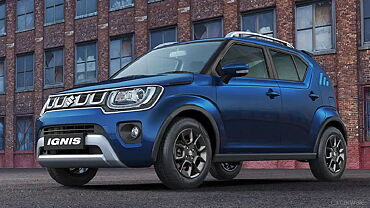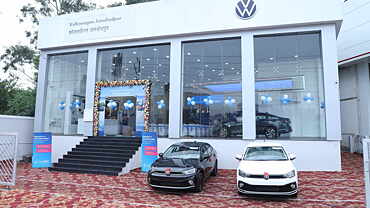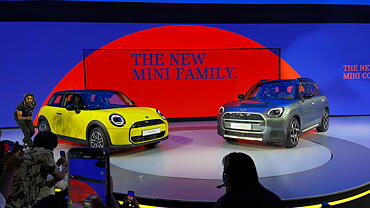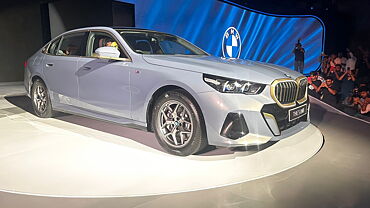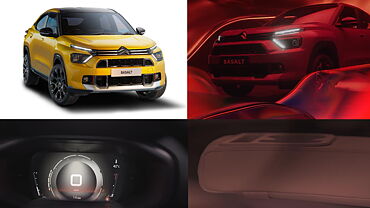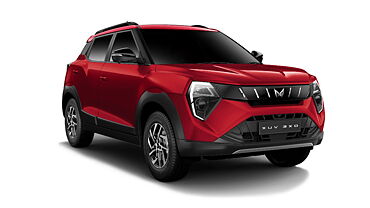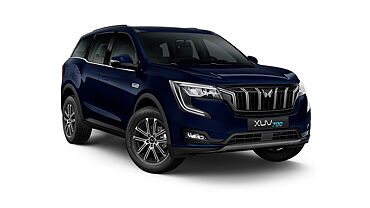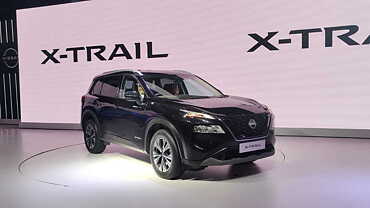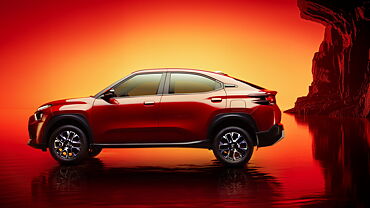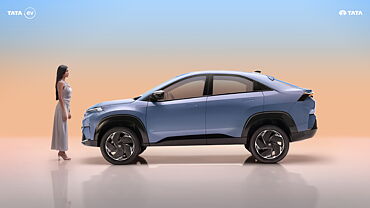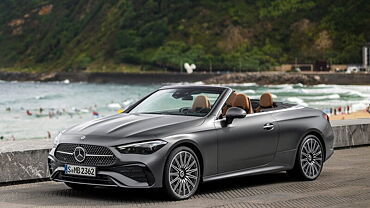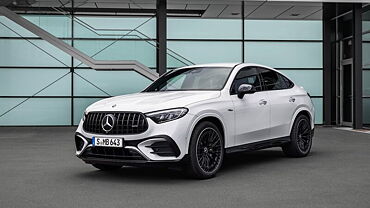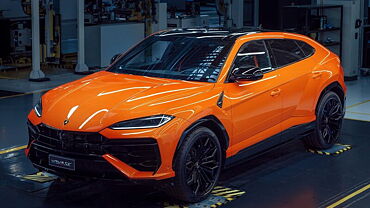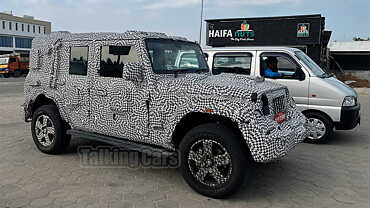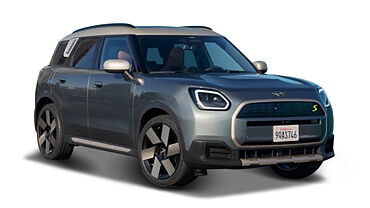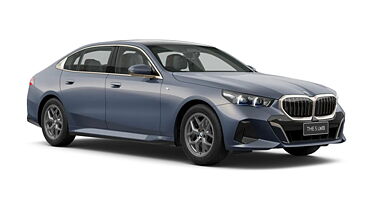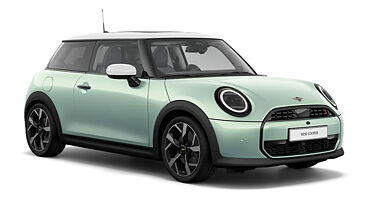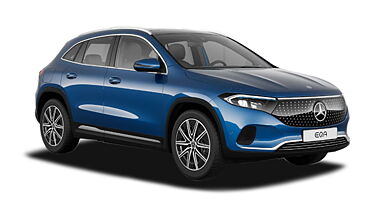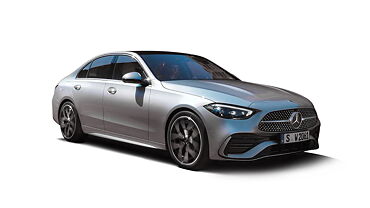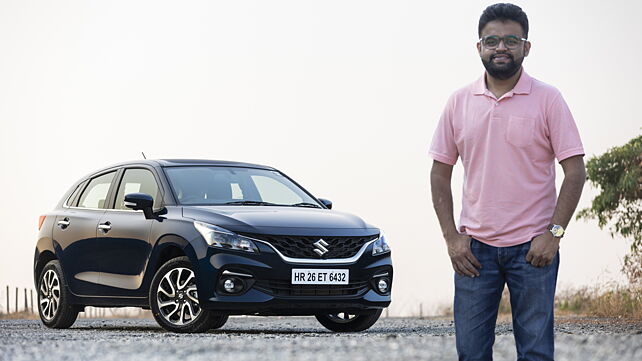
Why I would buy it
- Refined and peppy engine
- Spacious cabin
- AMT convenience
Why I would avoid it
- A bit dull to drive
- Some new-age features missing
Engine and Performance
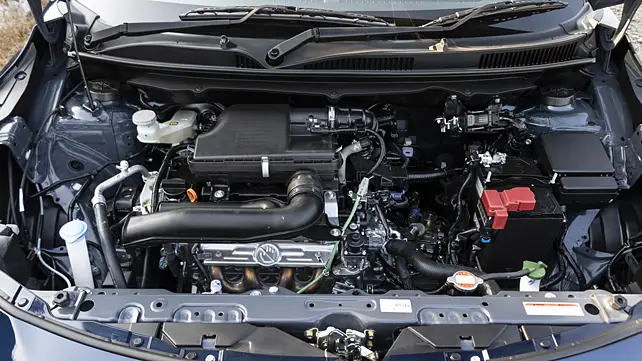
Let’s begin by addressing the elephant in the room - has the addition of a cost effective AMT gearbox diluted the new Maruti Baleno’s driving experience? Well, mostly no. And let me explain. Fundamentally, any CVT automatic isn’t the first choice of anyone looking for a sporty driving experience. In fact, the whole point of a CVT is to deliver power to the wheels in a seamless and extremely smooth manner and the old Baleno's gearbox did that very well. The AMT in the new Baleno, ofcourse, isn't as refined and sophisticated but then you know what, it gets the job done just fine. It is in fact the finest version of the AMT that we have seen in any Maruti car yet.
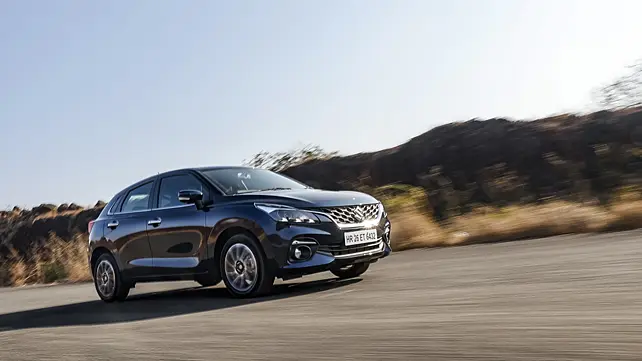
The gearshifts are smooth on part throttle and there is none of that obvious head nod that you experience while accelerating especially for first to second and third. The AMT gearbox then is surprisingly seamless and also quite intuitive. You also get a manual override for added control. Naturally the gearshifts aren’t as quick as a DCT or a torque converter but you can use the manual mode for a better sense of involvement and driving fun. Speaking of which, the 1.2-litre dual jet engine that the Baleno now gets is quite high on character – it’s extremely refined at low revs, is peppy enough for daily duties and makes a nice noise when you rev it. Like all BS6 K series engines, it doesn’t mind being revved but it’s just that you have to push it till three and a half-four thousand rpm to make quick progress.
Ride and Handling

The new Baleno has gained around 60 kilos of weight and Maruti tells us it’s because of the heavier engine with the start/stop system, new features inside the cabin and all the reinforcements done to the heart tec platform. Dynamically a lot has changed, too. The suspension setup is comparatively softer than before and there’s more travel, the steering has been tuned for better returnability and lastly, the brakes are bigger. On the road, all of these changes add up to deliver a more grownup driving experience. Ultimately, the Baleno is still quite fun to drive but now there’s an additional layer of maturity to how it rides, handles and stops. The ride is comfy and the additional travel does mean slightly more body movement but nothing to make the whole experience sloppy. In terms of steering response, the Baleno is still good and the improved return-ability hasn’t really added the feel of artificial heft.
Exterior

Maruti has taken an evolutionary approach with the design of this new Baleno despite it being a completely new car underneath. If the latest gen Swift is any indication you know it’s going to play safe and smart with the looks. And the Baleno does start to look different and more upmarket as soon as you take a close look. Up front what gets your attention first are the unique DRLs in the headlamp clusters. The individual L shaped LED lights are properly unique. Visually we also like how much wider the overall stance has become because of the stronger shoulder line that runs right till the tail lamps. At the back, the tail lamps also have the same tri LED pattern to match the headlamps.
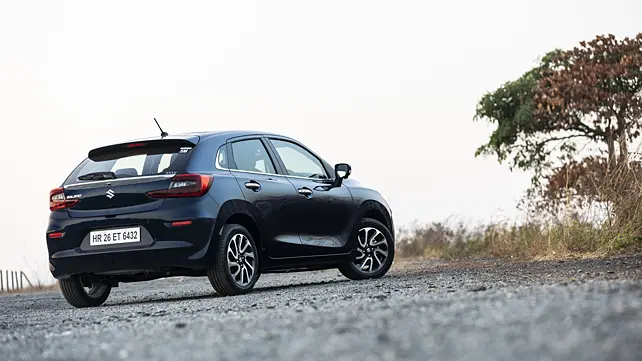
The whole cluster in fact is all-new. It’s much sharper and the lower half now extends to the tailgate. Lastly, you get a new dual-tone design for the 16-inch alloy wheels on the top-spec model. The rest of the design bits like the tailgate and the bumper aren’t radically different and that’s hardly a bad thing because overall, this new model looks quite upmarket and it’s got that wide stance with sharp design elements all while retaining the familiar Baleno look that we have grown to like.

Comfort, Convenience and Features
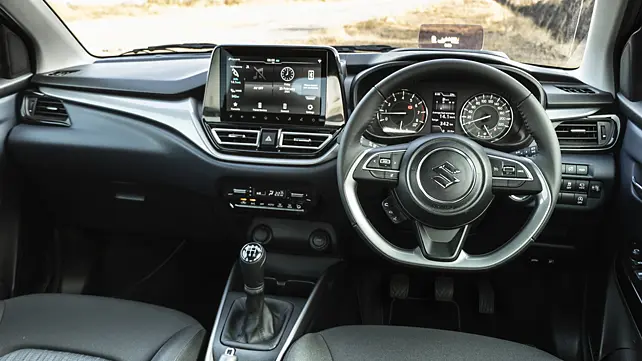
Inside, there is no shortage of design changes and little improvements here and there. For instance, the Baleno has finally caught up to the current trends with this floating display layout for the infotainment system. The steering wheel also has a flat bottom for that sporty look and in case you haven’t noticed already, the dual tone is not the usual black and beige but black and blue so that’s different. So why blue and not beige you may ask? well that's exactly what we asked Maruti and they said they did a survey and the feedback they got is that most of the people associate blue upholstery with that premium look and feel. The whole cabin, in fact, is now a lot more cohesive in its design and how all the bits are linked to each other. For example, the narrow central air vents feel decent to operate and go well with the toggle switches for the AC temperature and blower speeds.
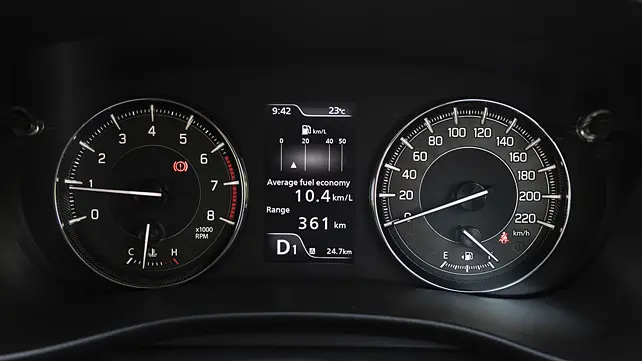
The analogue dials for the instrument cluster are pretty much the same as before except for chrome ring surrounds but the multi information display between them is now more comprehensive. In terms of seating comfort, the upholstery is all fabric and while you do miss not having leather or leatherette option, the front seat is really good on under thigh and back support. You will also notice the extra side bolstering which is great because the front seats on the old car felt very flat and they would struggle to hold you in place in the corners.
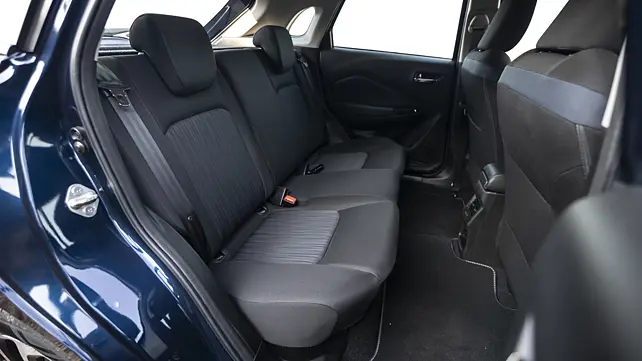
At the back we have never had any complaints other than the helmed in feeling one got because of the all-black interior. Unfortunately, things haven’t changed here in that regard. Nonetheless, there is plenty of legroom and headroom for an average sized adult. Helping matters of course are the rear AC vents that you didn’t get in the old Baleno. What we truly miss though is a rear armrest which you still don’t get in the new car. The only upshot here is that the middle row backrest is more comfortable because of the contouring which is the same as you get on either sides.
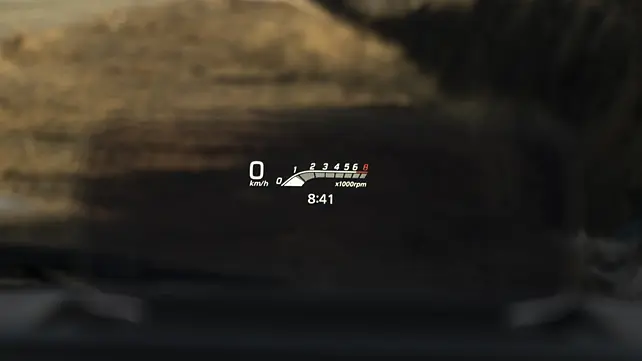
As for the new features, the new Baleno has the kind of equipment that we haven’t seen in any Maruti so far. Take the heads-up display for instance which is far from basic. Other than the speed it also displays engine RPM, fuel economy and what gear you are in. Another segment-first feature is the 360-degree camera view which other than the static overhead image, also displays an immersive view of the surroundings in 3D. We were also interested in trying out the entirely new infotainment system that Maruti has developed for the Baleno and of course their future models from the Nexa line-up. First impressions are really good. I mean the user interface is simple and unlike Maruti’s other infotainment units, also easy on the eye. The touch response is also good if not the best in class. All in all, it’s a good departure from Maruti’s existing system and you also get custom voice commands and dedicated sound modes by Arkamys for the six speaker audio system.
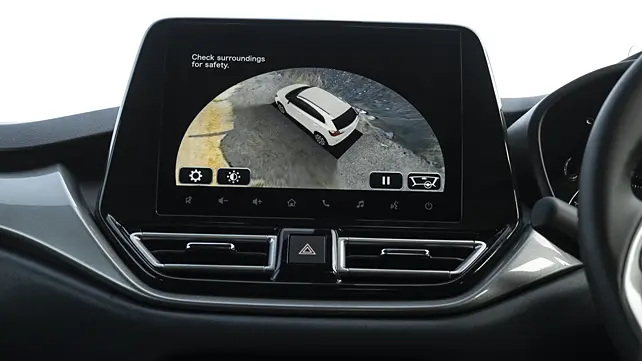
Other noteworthy features include rear AC vents, a sliding front arm rest, cruise control, LED fog lights, auto-dimming IRVM and both Type C and Type A charging ports at the rear. There is however some stuff missing even in the most expensive version. Things like wireless charging, ambient lighting, rear arm rest and sunroof are still not offered here. In terms of safety, which plays such an important role in buying decisions these days, the entry-level variants get two airbags whereas Zeta and Alpha come with as many as six airbags as standard. ABS with EBD, ISOFIX child seat mounts and reverse parking sensors are standard as well while the AMT versions get ESP and hill hold function. Now even though the new Baleno hasn’t been NCAP crash tested yet, Maruti tells us that the car has performed well in their internal crash testing. This is probably down to the fact that the brand has reinforced the heartec platform that underpins the new Baleno with thicker steel all around.
Conclusion
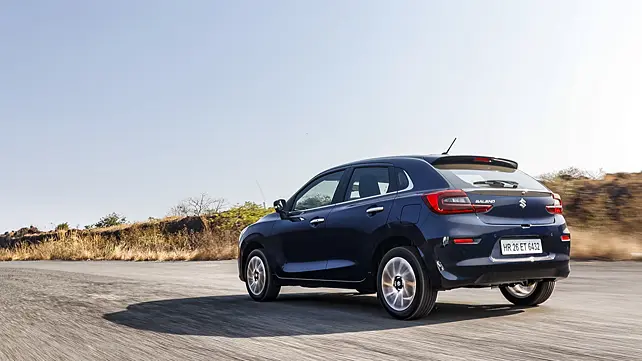
Moving on from CVT to AMT is a step down in terms of smoothness and driving refinement but then it makes a lot of economic sense for Maruti because the old CVT was imported which meant the pricing was on the higher side. Now because the AMT is relatively simpler and it's so cost effective, this new Baleno automatic now costs less than what it did before even with all the new features and tech. So it's a win win situation really. In fact, ex-showroom prices for the AMT Baleno start at Rs 7.69 lakh going all the way till 9.49 lakh for the Alpha trim that you see here. At these prices, the Baleno is way more reasonable than the Volkswagen Polo and the Hyundai i20. Is it a better automatic premium hatch though? We will be comparing the three very soon so look forward to that.
Pictures by Kapil Angane

